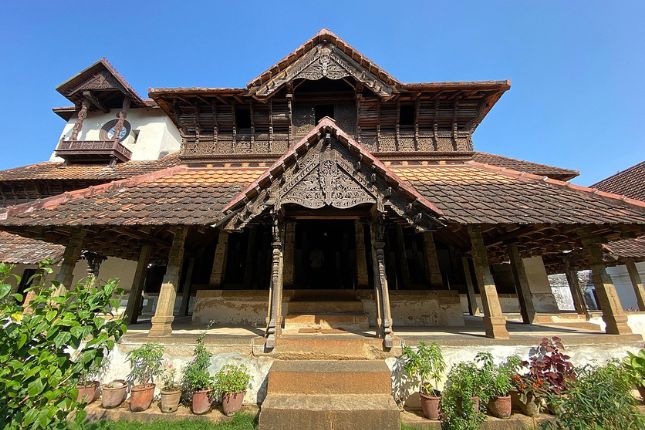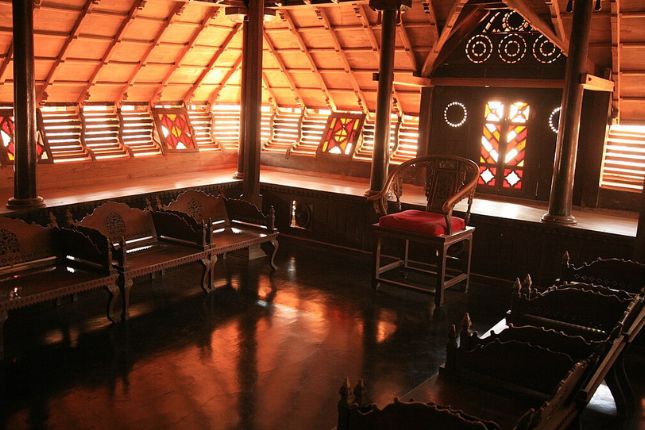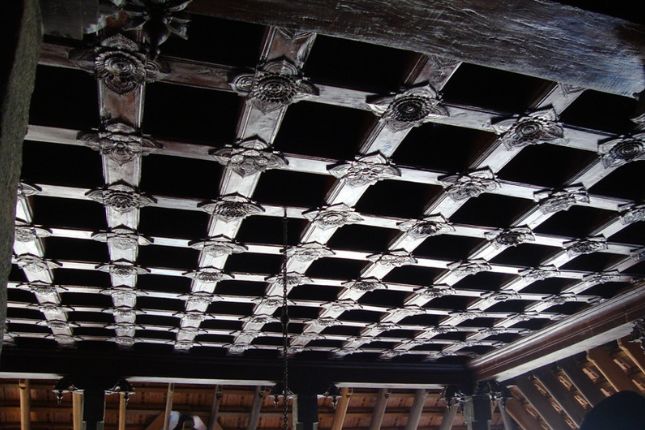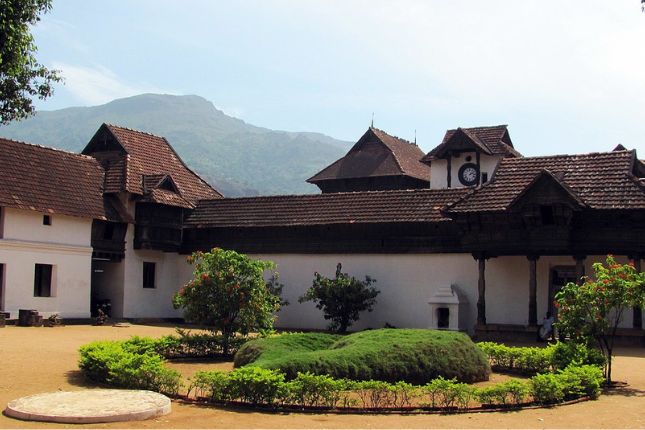The Splendid Architecture of Padmanabhapuram Palace
Nestled in the southernmost state of India, Kerala, the Padmanabhapuram Palace stands as a magnificent testament to the rich heritage and architectural brilliance of the region. This historical marvel, located about 65 kilometers from Thiruvananthapuram, serves as a poignant reminder of the opulence and grandeur of the erstwhile Travancore kingdom.

Renowned for its splendid architecture and cultural significance, the Padmanabhapuram Palace is a must-visit destination for history enthusiasts and tourists alike.
Padmanabhapuram Palace – History and Origins
The origins of the Padmanabhapuram Palace can be traced back to the 16th century when it was constructed by Iravi Varma Kulasekhara Perumal, a ruler of the Travancore kingdom. The palace was the seat of power for the Travancore dynasty until the capital was shifted to Thiruvananthapuram in the 18th century. Since then, the palace has remained a cherished symbol of Kerala’s rich past, attracting visitors from across the globe.
Padmanabhapuram Palace – Architectural Splendor

The architecture of the Padmanabhapuram Palace is a breathtaking blend of traditional Kerala style and indigenous design elements. The entire complex spans over four acres and is surrounded by a fort wall, giving it a fortress-like appearance. The palace is made primarily of wood, and the extensive use of teak, in particular, is a unique feature that sets it apart from other historical structures in India.
The intricate wooden carvings adorning the ceilings, walls, and columns of the palace showcase the exceptional craftsmanship of the artisans from centuries ago. From delicate floral motifs to elaborate depictions of Hindu deities, the palace’s wooden artworks provide a glimpse into the artistic prowess of the bygone era.
The Padmanabhapuram Palace is divided into several sections, each serving specific functions during its heyday. The Thekke Kovilakam (Southern Palace) was the residential quarters of the royal family, while the Vadakke Kovilakam (Northern Palace) served as the administrative center. The Mantrasala (Council Chamber) is an awe-inspiring space with a polished black floor and ornately carved wooden ceilings where the king used to hold meetings with his ministers.

Another fascinating aspect of the palace’s architecture is its emphasis on Vaastu Shastra, the traditional Indian system of architecture. The layout and design of the palace are believed to align with the principles of Vaastu Shastra, which aimed to create a harmonious balance between man and nature.
The Intricate Detailing
One of the most striking features of the Padmanabhapuram Palace is the “Thaikkottaram” or the Queen Mother’s Palace. This section of the palace stands as a prime example of architectural finesse. The walls of the Thaikkottaram are adorned with beautiful murals, depicting various episodes from the Hindu epic, Ramayana, and scenes from the lives of the Travancore kings. The vibrant colors and intricate detailing of these murals are remarkably well-preserved, offering visitors a glimpse into the cultural and historical narratives of the region.
Padmanabhapuram Palace – Preservation and Tourism

The Padmanabhapuram Palace is now maintained by the Government of Kerala and the Archaeological Department of India. Its heritage value and architectural significance have earned it the status of a protected monument. Tourists from all corners of the globe flock to witness the grandeur of this palace, which provides a gateway to Kerala’s regal past.
Conclusion
The Padmanabhapuram Palace stands tall as a living testament to Kerala’s architectural legacy and cultural heritage. Its splendid wooden architecture, intricate carvings, and breathtaking murals transport visitors to a bygone era of opulence and royalty. As we marvel at this architectural masterpiece, let us also appreciate the efforts of those who work diligently to preserve and showcase this historical gem to the world, ensuring that the glory of the Padmanabhapuram Palace lives on for generations to come.
